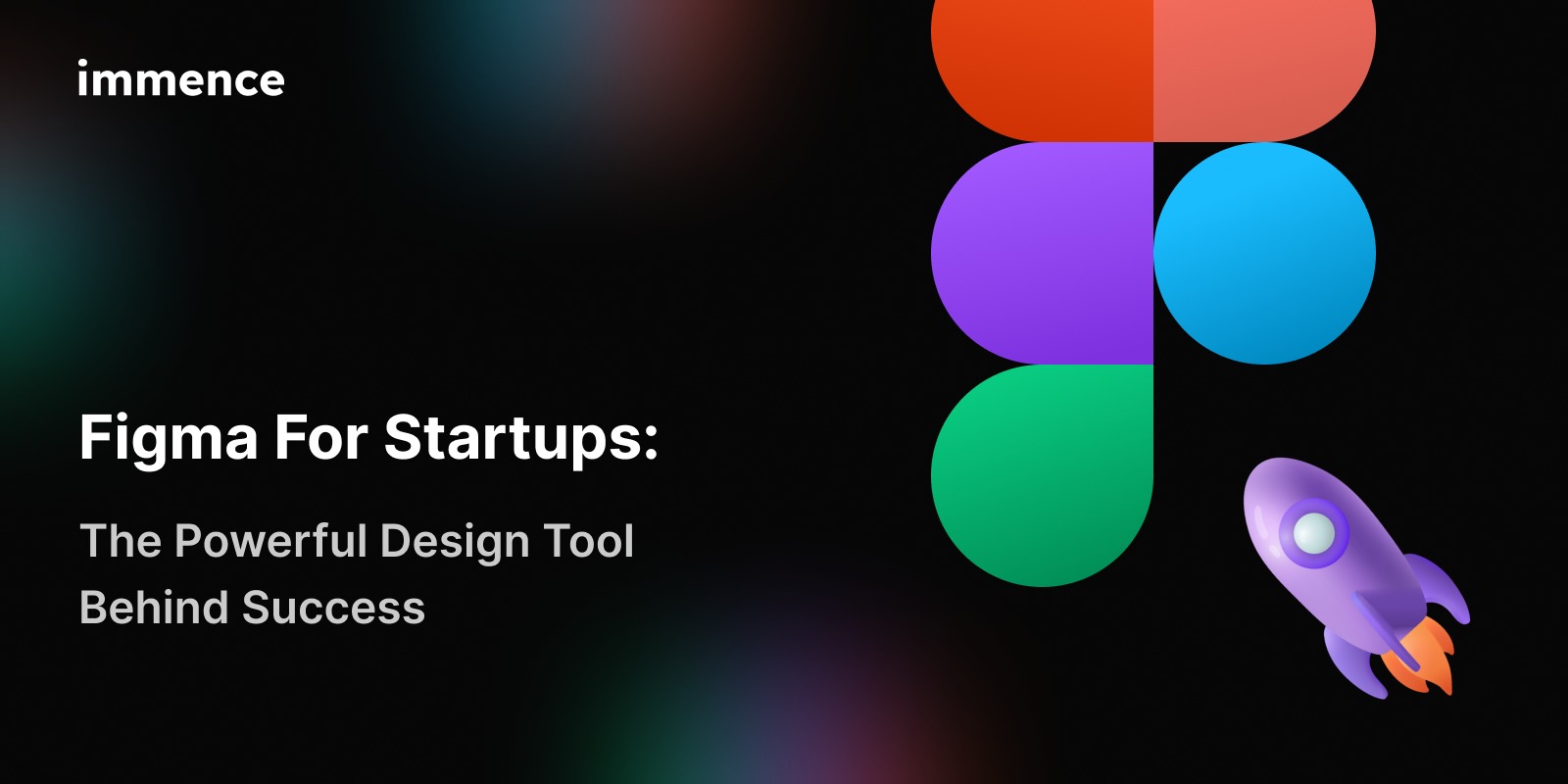Figma for Startups: The Powerful Design Tool Behind Success

The importance of visual communication for success
Efficiency is the hallmark of any successful firm, but it is crucial for startups in particular. Any software development company will tell you that the majority of startups must operate with few resources and have very short tolerances for mistakes. As a result, visual communication should be used as frequently as possible, keeping in mind that effective team communication is an essential aspect of corporate productivity.
The strategy is used to effectively and clearly communicate difficult information.
Advantages of Visual Communication for Teams
The following list highlights the primary advantages of visual communication in a collaborative environment:
- Increased Understanding: Graphic communication makes information easier to obtain, facilitating knowledge transfer among team members.
- Improved Retention: Compared to text, visual aids like diagrams, charts, and infographics are simpler to remember and retain.
- Better Collaboration: Collaboration is facilitated by visual communication because it makes it easier for team members to communicate ideas.
- Consistency and Clarity: Presenting information in a consistent and clear manner, also lowers the chance of misconceptions.
- Improved Engagement: By helping team members stay engaged during meetings, visual aids can lessen interruptions and boredom.
Visual communication can be made much more effective when used in combination with design software like Figma.
What is the Figma?
Figma appears to be a cloud-based tool for designing user interfaces, but it is actually much more than that because it combines the most helpful design components into a single, seamless application. In fact, Figma is currently considered to be the industry standard for collaborative design.
Do you remember using Word before Google Docs? If your teams weren't crowded around the same computer for sharing and cooperation, a thumb drive or email would be making the rounds. In that it offers a cloud-based design platform that enables team members to communicate in real-time, Figma is to user interface design what Google Docs is to document processing. Moreover, Figma offers a wide range of design tools that help companies create web and mobile applications more quickly.
So why should your startup go for Figma?
- Figma is simple
To put it simply, if you can work on Sketch, you can work on Figma without a doubt. The app has a similar user experience, but it also has all the design tools you know and love ready for you when you get there.
Even better, you won't ever need to bother about downloading, installing, or even keeping your program updated, much like other cloud alternatives.
- Working with Figma is collaborative.
Figma has the power to completely change the way your business collaborates, from the very beginning of development to the very last design iteration. It is not only lightning quick, but it can also handle large files with ease and even provides real-time suggestions and comments.
This allows everyone to contribute their design work and keeps the team on task at all times! You don't even need to be a designer to utilize Figma because it's essentially a drag-and-drop application!
- Figma allows you to develop incredible prototypes.
Designers had to use a wide range of various tools for prototyping before the introduction of Figma. Yet since Figma uses connecting arrows between different frames, just like other solutions, it makes creating prototypes a breeze. Also, distribution is quite simple because it can be done the same way as with any other design file.
The primary distinction is that, as long as you have the appropriate rights, you will be able to examine and comment on the prototype as well as complete all other necessary stages.
- Figma makes developer handoffs easier.
The fact that visitors are met by three useful tabs—Design, Prototype, and Code—at the top of the Properties panel is another appealing feature for developers. Figma can produce CSS, Swift (for iOS), and XML (for Android) code in the Code view. At the same time, all design elements may be reviewed by any developer without the use of any additional software.
- Figma permits third-party integration.
Even though you've probably already realized how little the app can do on its own, the developers of Figma nonetheless made it possible to integrate with any browser-based program. But you can also manage this if you want to, for example, record feedback on Slack.
Major Advantages of Figma for Startups
- Collaboration: With Figma, numerous team members can work on the same design project at once, saving time and effort on requests for approvals and input.
- Speed and effectiveness: Companies can build and iterate things considerably more quickly than they could with conventional design tools thanks to Figma's user-friendly interface and real-time collaboration.
- Accessibility: Team members can work from any location with Figma because it is accessible from any device with an internet connection.
- Versatility: Figma supports a wide variety of design projects, from branding and marketing materials to website and application design.
- Cost-Effective: Figma is significantly less expensive than conventional design software because it does not require a license for each user and provides a number of capabilities without charge.
Most Popular Figma Alternatives
Of course, Figma may not be appropriate for everyone, whether owing to individual choice or a particular project necessity. In light of it, the following are the top 6 Figma substitutes:
- Adobe XD: Adobe Systems created Adobe XD as a user experience (UX) design tool. It offers many capabilities, like prototyping, collaboration, and wireframing.
- Sketch: Designed particularly for macOS, Sketch is a vector graphics editor. It offers a variety of design tools and is a well-liked substitute for Figma.
- InVision: Team members may design, prototype, and simply share their ideas using the InVision design and collaboration platform. Together with a wide range of design tools, it also has collaboration, animation, and interactive elements.
- Axure: Axure is a tool for designing wireframes, creating prototypes, and documenting online and mobile applications. It includes a wide range of design tools, such as dynamic content, interactive prototypes, and collaborative tools.
- Balsamiq: Rapid wireframing software called Balsamiq is used to design user interfaces for both online and mobile applications. It aids in the rapid creation of low-fidelity prototypes by product managers, designers, and developers. Similar to Figma, Balsamiq has a drag-and-drop interface that enables even those without design knowledge to generate wireframes and mockups easily.
- Affinity Designer: For macOS, iOS, and Windows, Affinity Designer is a vector graphics editor and digital design application. Vector graphics, raster graphics, and user-friendly design workflows are among its own products.
Conclusion
Figma without a doubt made the design process incredibly simple and is currently more successful than any real competitor at integrating a company's multiple departments. Figma helps businesses and startups produce products more quickly and efficiently, especially when collaborating with helps businesses and startups produce products more quickly and efficiently, especially when collaborating with other external vendors or outsourcing software development. Figma helps businesses save time and money by offering real-time collaboration and a wide variety of simple design tools while giving stakeholders and designers a first-rate experience.


